Restoring Retinal Health
Maculaser’s pioneering retinal treatment triggers the natural healing response of senescent cells with personalized heat exposure. Targeting disease prevention, we offer a patient-specific, non-damaging solution to retinal disorders affecting millions worldwide.
Our Technology
Patented temperature-controlled retinal heating is designed for safe and consistent treatments.
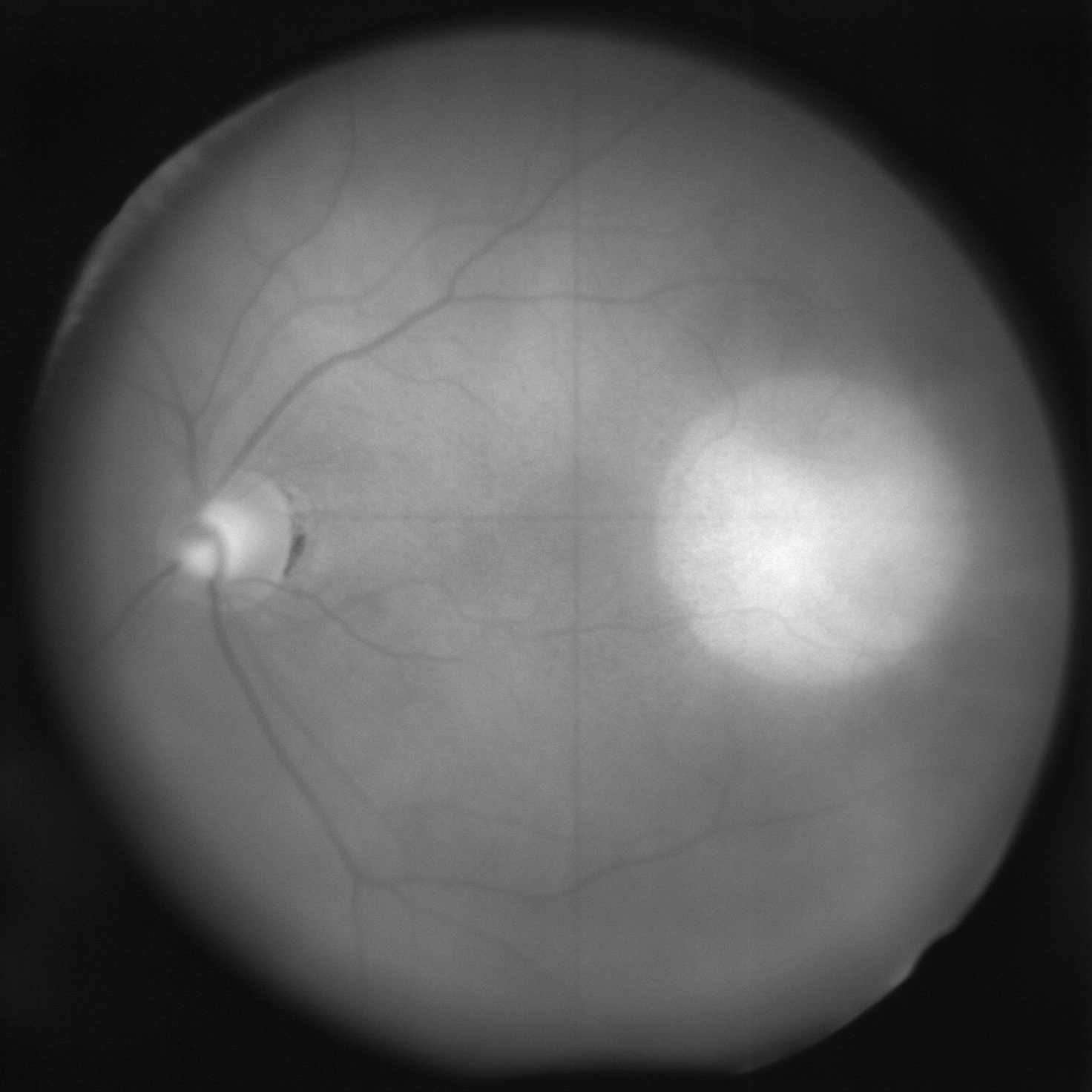
Scientific Background
Local heating activates the heat shock reaction in tissue to protect cells and augment cell survival.
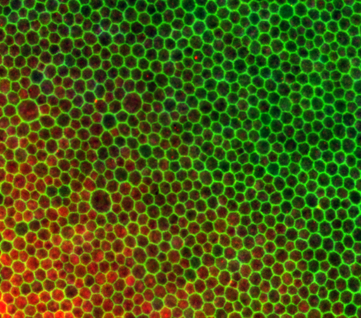
Redefining retinal care – Beyond treating symptoms
Retinal Restoration
Retinal restoration therapy through gentle local heating is designed to activate the natural defense mechanisms in targeted cells and to avoid systemic effects. Our novel retinal temperature control targets personalization of laser-induced heating and effective treatment of blinding eye diseases earlier than with late-phase drug injections.
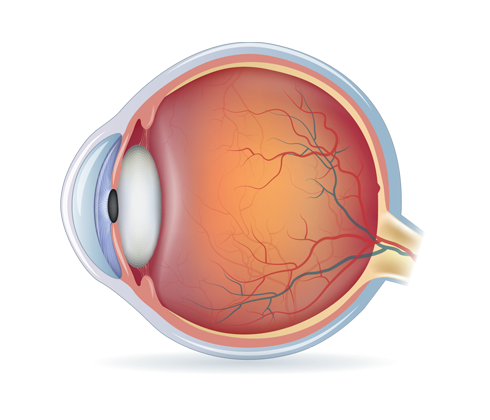

Improving Quality of Life
Our aim is to significantly diminish the long-term care needs associated with macular issues and prevent disease progression to the blinding phase. The goal is to enhance the quality of life for millions of patients and conserve valuable healthcare resources.
Clinical Pipeline
We are confidently progressing toward efficacy evaluations and commercial readiness. With diverse clinical studies planned, including wet and dry AMD as well as macular edemas, we welcome support from medical professionals and investors to bring Maculaser’s innovative solution to market.
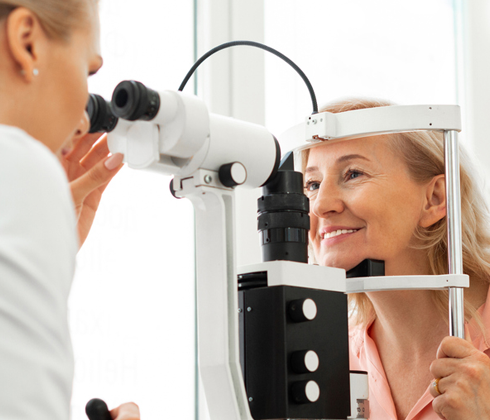
Follow our development
-

New Clinical Trial Manager joins Maculaser
We are pleased to announce that Aki Vartiainen joins the Maculaser team as Clinical Trial Manager.Aki brings strong expertise to our […]
-

Maculaser secures its first Japanese patent
Maculaser has been granted a Japanese patent for its method and device for determining changes in retinal and/or brain temperature. […]
-
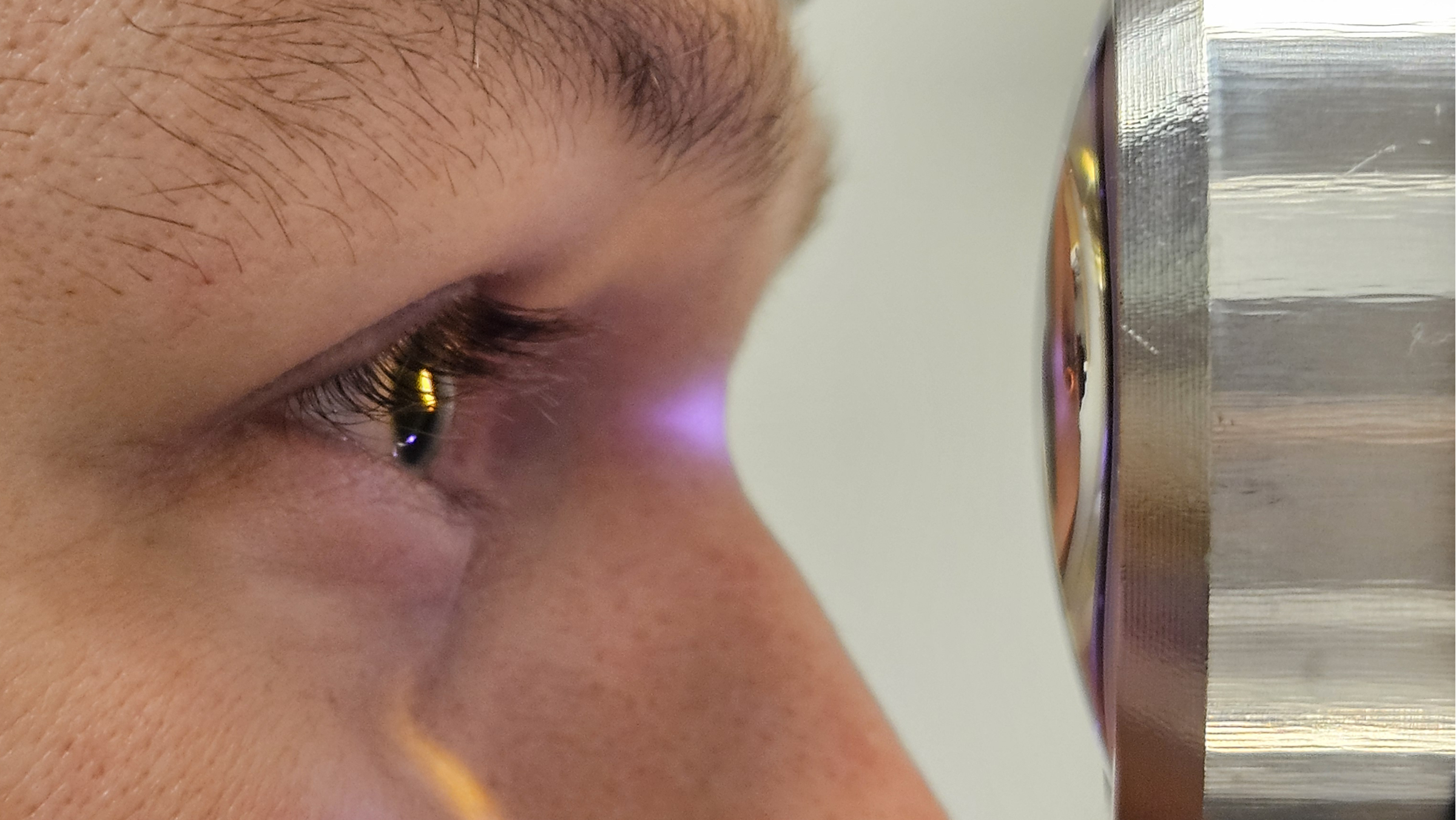
Maculaser’s retinal treatment technology exhibited in Media
Finnish new technology focused magazine T&T (Tekniikka ja Talous) reports on Maculaser’s goals and timeline in developing novel treatments for […]